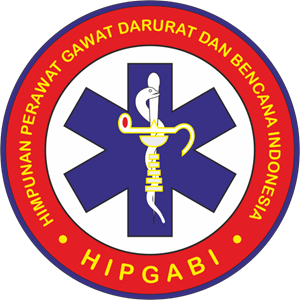The Superiority of Demonstration Over Video in Improving High School Students’ Skills in Closed Fracture Management
Downloads
Introduction: The number of fracture injuries caused by accidents is rising globally, with closed fractures being a common type. The school environment poses a high risk for such injuries, often due to falls, sports activities, or accidents. Prompt and proper treatment is essential. Therefore, it is important for students to be trained in handling closed fractures, particularly in using splint bandages correctly. This study aimed to analyze the difference in students’ skills in handling closed fractures after receiving education via videos versus demonstrations.
Methods: This research used a quasi-experimental design with a posttest-only control group. The independent variable was the instructional method (video or demonstration), while the dependent variable was the students’ skills in handling closed fractures. The study involved first-grade high school students in Boyolali, Indonesia. A total of 88 students were selected through simple random sampling and divided equally into two groups: 44 in the intervention group (demonstration) and 44 in the control group (video). The Mann-Whitney test was used for bivariate analysis.
Results: After the intervention, the demonstration group achieved a maximum score of 98 and a minimum of 64, while the video group scored a maximum of 79 and a minimum of 52. The Mann-Whitney test revealed a significant difference in skill levels between the two groups, with a p-value of 0.000 (p < 0.05).
Conclusion: There is a significant difference in the effectiveness of video and demonstration methods on students' skills in handling closed fractures. The demonstration method proved to be more effective, as it provides students with direct, hands-on experience that enhances understanding and skill application. Future research should examine long-term skill retention and include larger, more diverse samples to enhance generalizability.
Copyright (c) 2025 Mareta Nawang Saputri, Anissa Cindy Nurul Afni, Gatot Suparmanto

This work is licensed under a Creative Commons Attribution 4.0 International License.
1. The journal allows the author to hold the copyright of the article without restrictions.
2. The journal allows the author(s) to retain publishing rights without restrictions.
3. The legal formal aspect of journal publication accessibility refers to Creative Commons Attribution (CC BY).

















